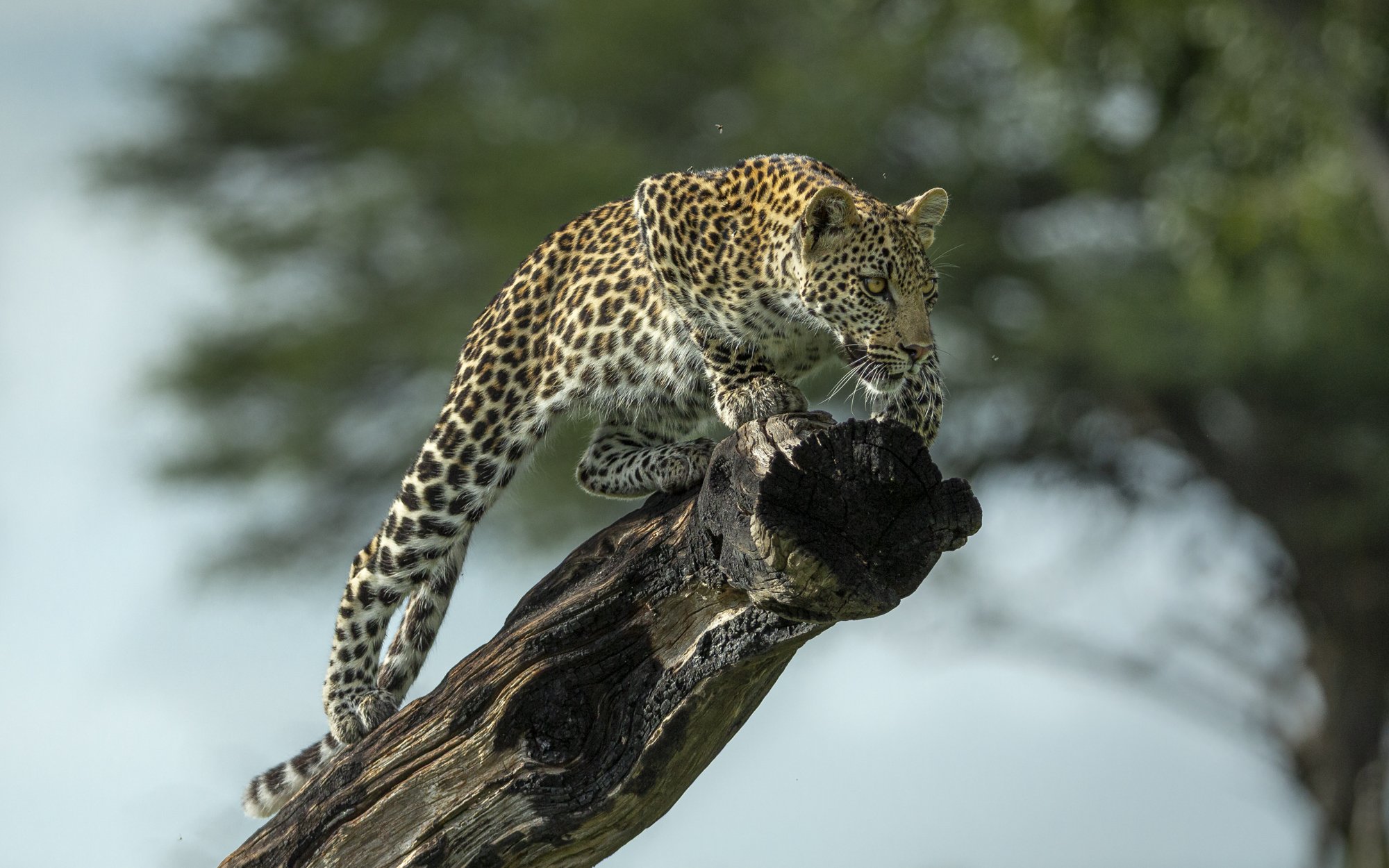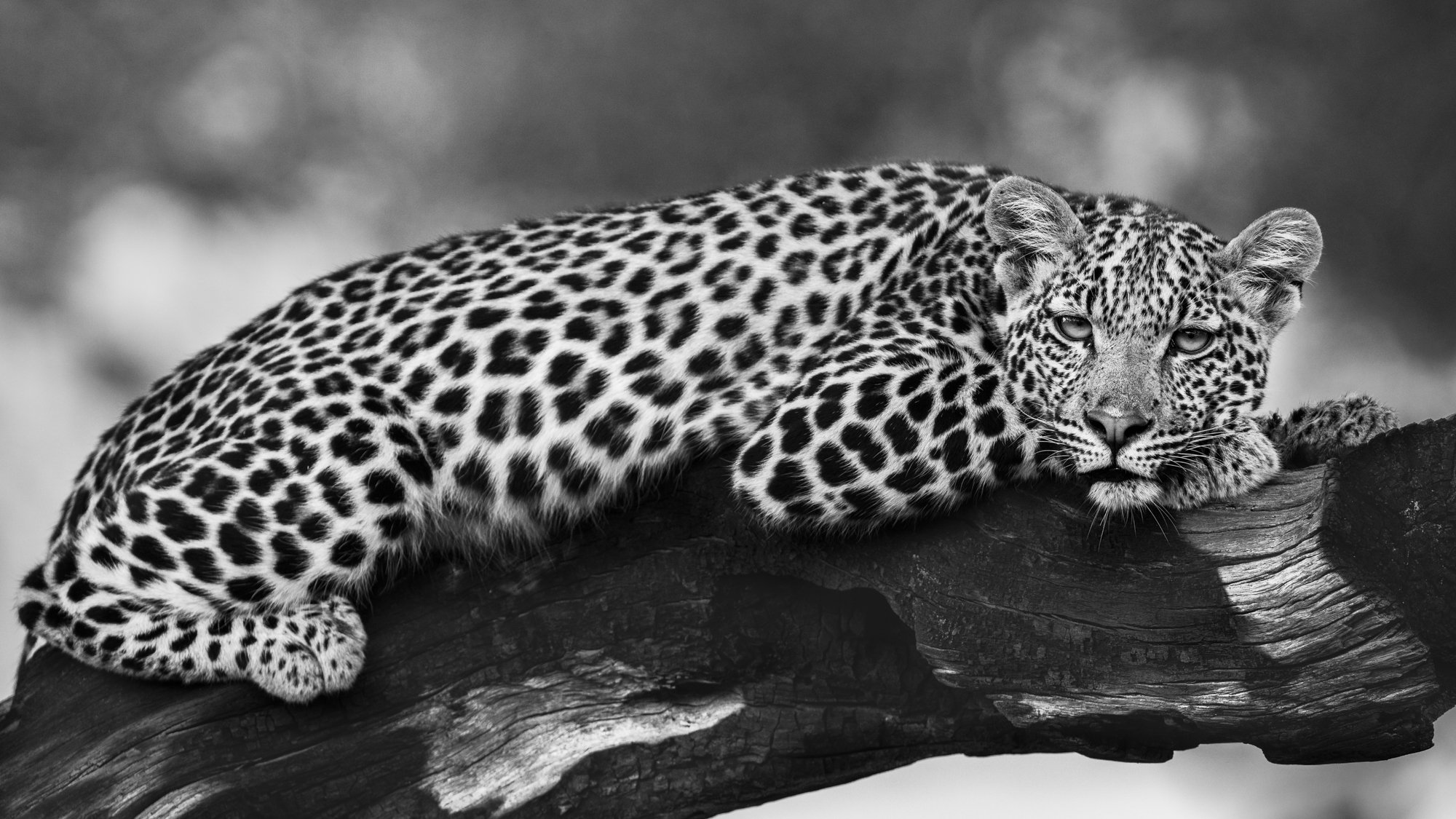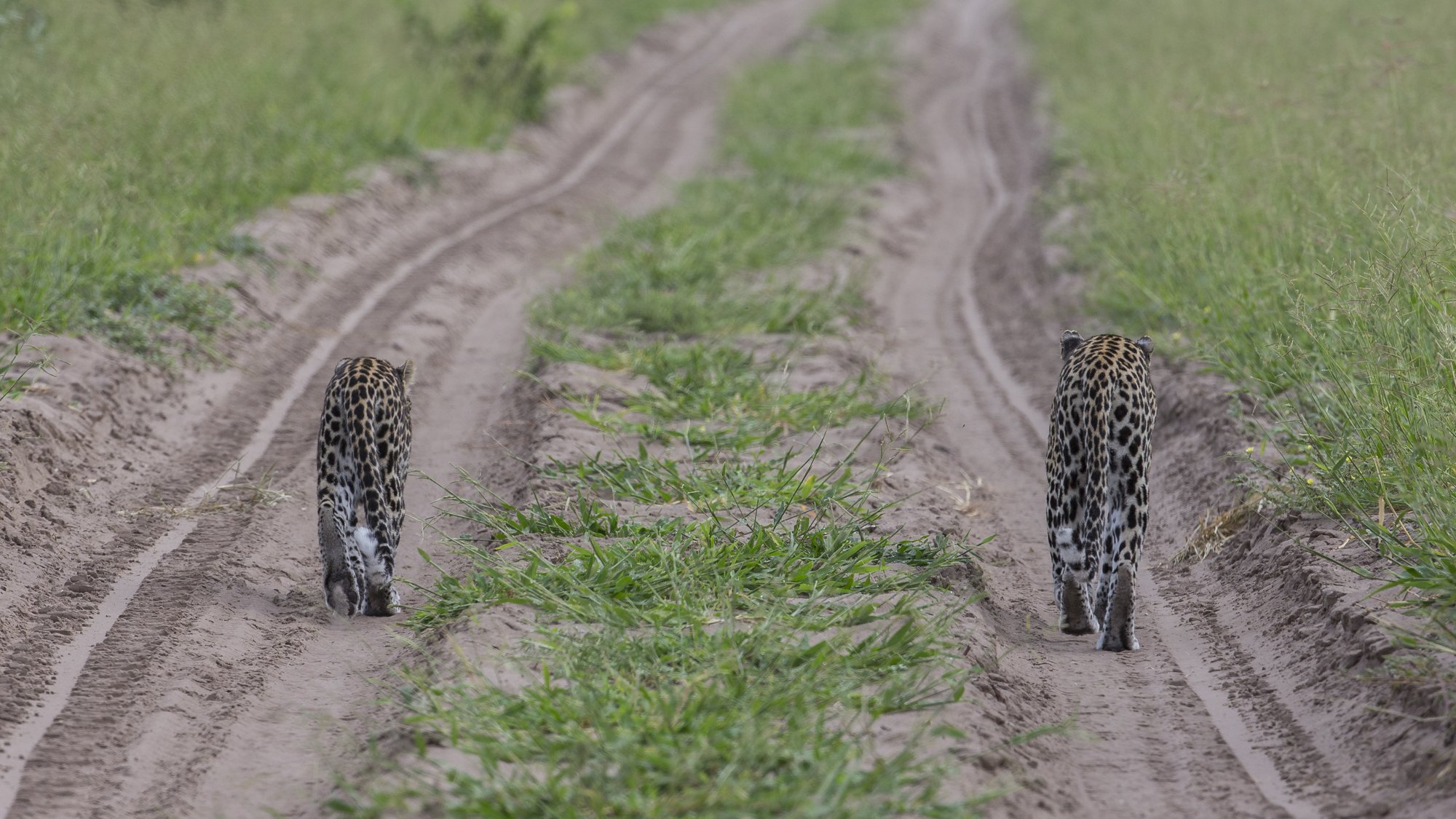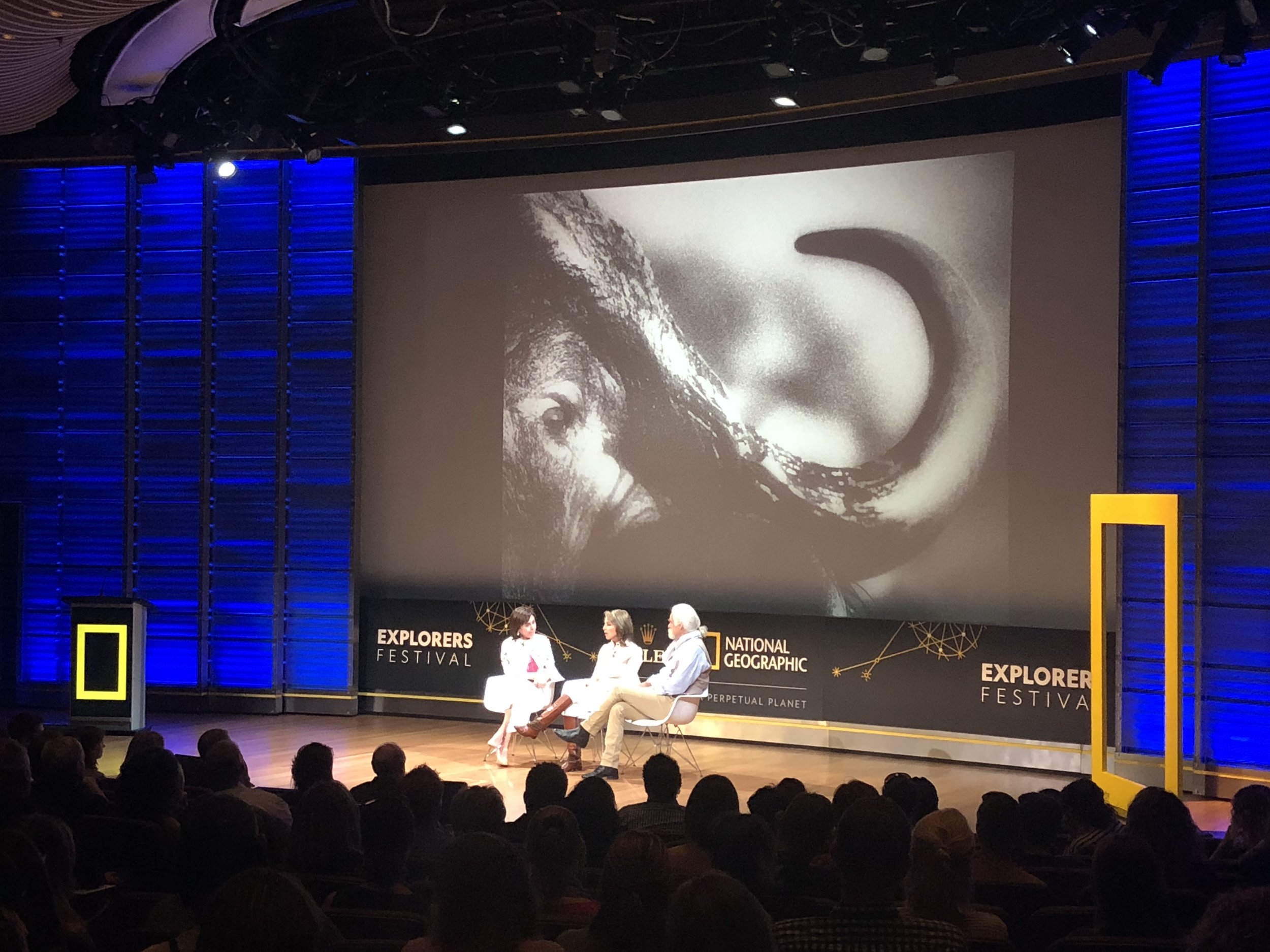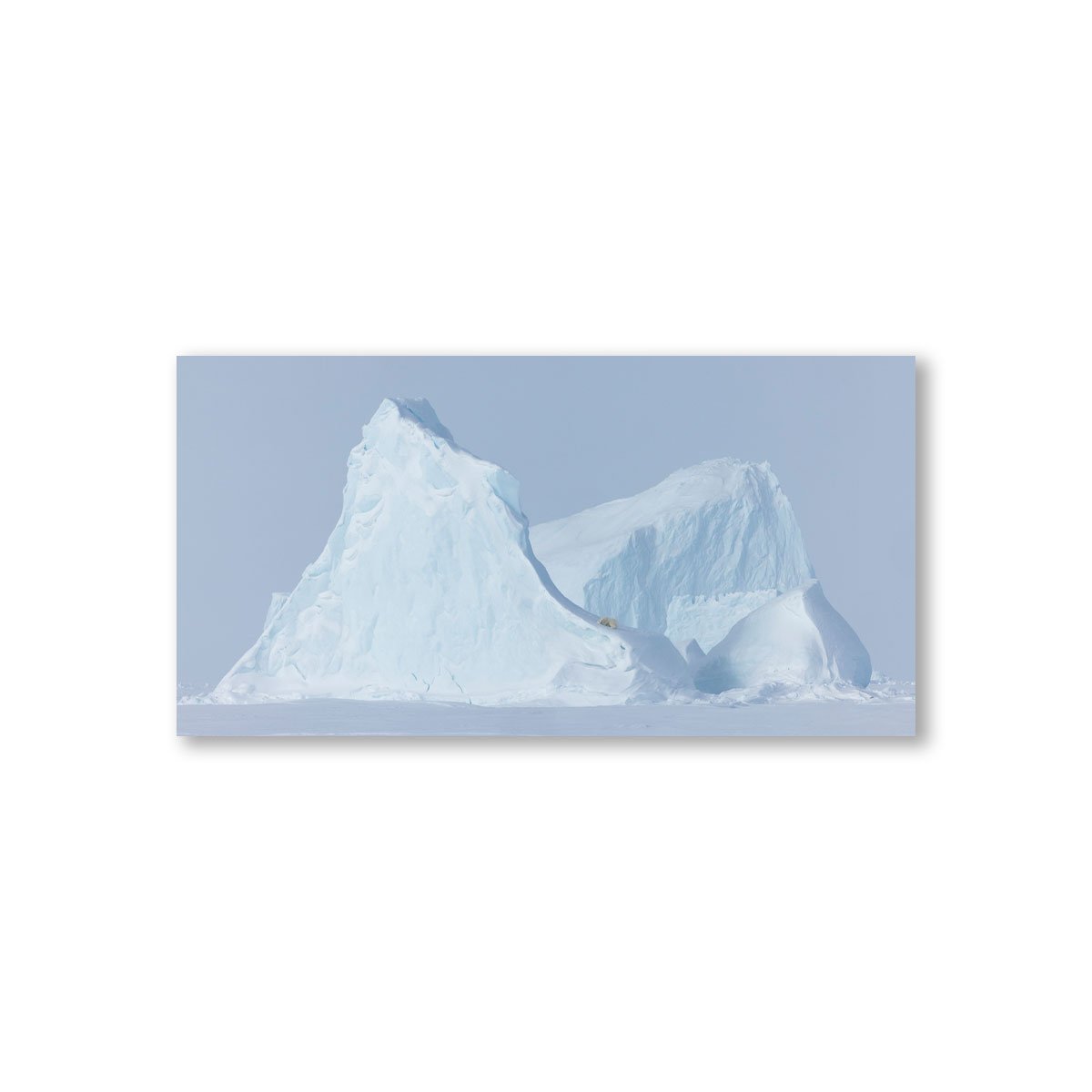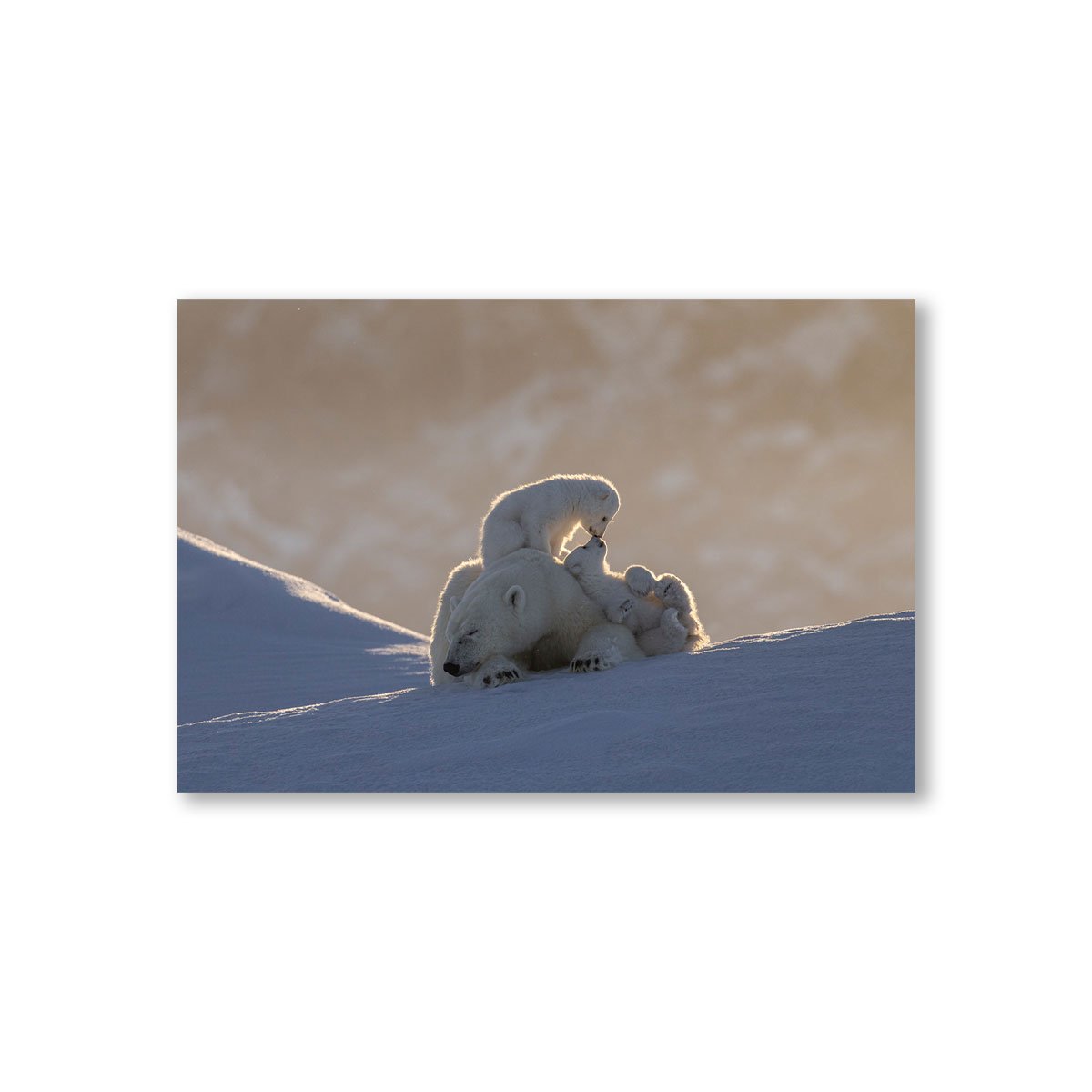HOW WORKING FOR NATIONAL GEOGRAPHIC TRANSFORMED MY WILDLIFE PHOTOGRAPHY
Neyo at full stretch on top of dead tree
Wildlife Enthusiast turned Wildlife Expert
Before my life became intertwined with the world of wildlife photography and conservation, I spent more than three decades behind the scenes in television. Twenty of those years were with Channel 4 (C4), and the next nine were with National Geographic, one of the most iconic names in science and storytelling.
In 2012, I joined Nat Geo with a mission that aligned perfectly with a growing personal passion of mine- wildlife photography. At that point, I had already begun venturing out on multiple wildlife photo safaris annually, searching for lions in the Masai Mara and Polar Bears in the Arctic My love for wild spaces and the animals that call them home evolved from a personal hobby into a professional asset.
Neyo resting in bough of a tree
Working for National Geographic: Where Passion Meets Purpose
At National Geographic, I was responsible for implementing global programming strategy across our channels outside of the United States. Some of those years were in London but the majority was in our Global HQ in Washington DC. One of the favourite aspects of my job was commissioning international content for Nat Geo Wild as the brand’s flagship channel dedicated to wildlife storytelling.
Unlike in the US, our international channels had a hunger for more Natural History content. That gave me the perfect platform to nurture and celebrate wildlife-focused programming. And through this role, I formed one of the most impactful partnerships of my career with Janet Vissering, the powerhouse behind Nat Geo Wild's U.S. programming.
Wildlife Experts in the field
Janet and I built a powerful creative alliance during my time at National Geographic, one that endures to this day. She recognized my enthusiasm for natural history and opened doors where I found myself at the table with some of the world’s most celebrated wildlife experts, filmmakers, and photographers.
Through Janet’s network and her generous mentorship, I was introduced to legendary and upcoming National Geographic Explorers: Dereck & Beverly Joubert , Sandesh Kadur, Steve Winter, Bertie Gregor and Ronan Donovan.. Many of them became not just collaborators but personal inspirations.
Beautiful Leopard Saba poses on dead tree
Commissioning Big Cat Week: My Passion Project
One of my proudest achievements during my Nat Geo tenure was curating international programming for Big Cat Week, an annual initiative supporting big cat conservation. With Janet’s introductions and my growing involvement, I was able to commission work from some of the most talented wildlife storytellers of our time, which were powerful calls to action to protect Earth’s most iconic predators. My commitment to this initiative continues now with a percentage of my sales supporting the Big Cat Initiative.
Neyo waits for his turn on the kill with Saba in tree behond
Savage Kingdom: The Call of the Wild
One unforgettable commission of Janet’s was the Savage Kingdom series, a visually stunning, narratively rich exploration of predator life in Botswana’s Savute region. Produced by Natural History Film Unit Botswana and Icons Films in Bristol, the series took a bold new approach to wildlife storytelling, which was gritty, character-driven, and raw.
When I learned that filming would span nearly a year in the remote wilds of Savute, I had one request: Could I join a shoot?
To my amazement, the answer was yes. In February 2016, I boarded a flight to Maun, Botswana, to meet up with director Brad Bestelink and his team of wildlife filmmakers.
Life in the Bush
For 10 unforgettable days, I immersed myself in life on location. I was teamed up with Alex Cooke, a brilliant young filmmaker who Brad had taken under his wing. I am so thrilled that almost a decade later Alex is running his own production company Leopard Rock Films. However, I’m getting ahead of myself. Together, we tracked wildlife, filmed scenes, and slept under the stars in a converted Land Rover, me downstairs on a mattress in the middle of the vehicle & Alex on the roof. Just netting over us to keep insects away. Bathing was a luxury — when we weren’t blessed with a shower at a nearby lodge, it was wet wipes all the way.
It was quite simply one of the most rewarding — and humbling — experiences of my life.
Watching Alex work in the field and witness his passion and dedication, as when I left him he was spending another three weeks on his own tracking the main characters of the series. This gave me newfound appreciation for the artistry and patience it takes to create powerful wildlife films. These were not just camera operators. They were wildlife experts, animal behaviorists, and tireless storytellers rolled into one.
Saba and Neyo together in a tree
A Leopard Named Saba
While with Alex I had a day that every wildlife photographer dreams of, and me especially with my love of leopards and big cats, which was a day spent with two extraordinary leopards: Saba and her 7-month-old cub, Neyo.
Saba was one of the series’ main characters, but she hadn’t been seen for several days. Early one morning, Alex and I set out before dawn. Within minutes, Alex spotted fresh leopard tracks. We followed them, and there perched on a dead tree was Neyo.
A quick scan of the area revealed Saba, high in a nearby tree with an impala kill. We had hit the jackpot.
Thanks to our filming vehicle’s off-road permission, we got close, sometimes very close. For the next 12 hours, we observed them. I only took photographs when it wouldn’t interfere with Alex’s work. Sometimes that meant sacrificing the perfect angle. But just being there was a privilege.
Leopard Saba in her Savage Kingdom
Drama in the Canopy: Leopard vs. Hyena
The dynamics between Saba and Neyo were fascinating. At one point, Neyo tried to climb the tree to feed, but Saba hissed and sent him packing. He had to sit in a nearby tree, hungry and waiting.
As we ate lunch in the vehicle, we lost sight of Neyo briefly. But we stayed close to Saba, who began vocalizing and calling for her cub which was something that I’d never seen or heard before from a leopard. The two eventually reunited.
Then, in a surprising move, Saba dragged the impala carcass down from the tree. Mother and cub began feeding together. But the peace was short-lived when a hyena arrived on the scene.
My heart pounded. I feared for Neyo. Saba, perhaps realizing the danger of the situation, didn’t put up much of a fight, and the hyena made off with the stolen kill. Alex, however, captured this heart racing sequence for the series.
End of a perfect day
Later that afternoon we saw Saba and Neyo reestablish their strong bond together and Neyo became bolder and more curious about our vehicle. In fact, he came so close to the vehicle I could almost touch him. At one point, it looked like he might hop inside and Alex had to shoo him away gently. Later that evening, as a storm approached, we shared a quiet moment with the leopards. This was one of my favourite and bittersweet moments of the day, as they lay on a tree branch and as the light faded, we left them & hoped to find them the next day.
What a perfect day.
Mother and cub rest on tree as dusk and storm approach
Final Encounter: Saba Says Goodbye
The next morning, we found them — but it was different. Saba wasn’t in the mood for company. After a brief period of tolerance, she led Neyo into thick brush. It felt like she was saying: You got what you came for. Now leave us be.
And so, we did.
We say Goodbye to leopards Saba and Neyo
Beyond Botswana: Wildlife Photography Across Continents
That incredible shoot wasn’t a one-off. The following year, I joined the team again for Savage Kingdom Series 2 in Linyanti, and later traveled to India to work on The Real Black Panther, where I met photographic legends like Shaaz Jung, Mithun Hunugund, Russell MacLaughlin, and Shannon Benson.
Watching these wildlife experts work and learning how they anticipate animal behavior, how they capture soul in a set of eyes, was a masterclass in wildlife photography and filmmaking.
These experiences, layered one upon the other, have permanently transformed how I see the natural world and how I try to document it.
National Geographic Explorers Week: From Big Cats to Bats
One of my favorite weeks while at National Geographic HQ in DC was Explorers Festival—a celebration of storytelling, science, and bold ideas.
If you didn’t know: National Geographic Society is a nonprofit distinct from the Disney-owned Nat Geo Channels. The Society’s mission is to use exploration, science, and storytelling to protect our world. That mission comes alive through the work of National Geographic Explorers.
Nat Geo Explorers Beverly and Dereck Joubert in conversation at NG Explorers Festival
Throughout the weeklong festival, I heard from the incredible NG Explorer pushing boundaries—from groundbreaking research to awe-inspiring photography. Often some of this work was years in the field. One talk that’s etched in my memory was by Anand Varma, capturing vampire bats hunting in the Yucatán. His scientific ingenuity and stunning imagery were unforgettable and took you into a world you weren’t even aware of. (You can catch his work on National Geographic Photographer on Disney+.)
The topics varied wildly—but the unifying thread was the power of storytelling. It was always such an inspiring week where you saw what was possible and gave you hope as to what could be achieved through relentless dedication to further our knowledge of our planet. That’s what stuck with me to this day. In my own photography my best images are the ones with a story to tell and if I can help conservation in the process then all the better.
Final thoughts: What working for National Geographic Gave Me
Working for National Geographic wasn’t just a job to me, I had the privilege of getting a front-row seat to the world’s most extraordinary wild stories. It gave me access to wildlife experts whose knowledge of animal behavior was as precise as any scientist’s. Most importantly it gave me mentors who believed in my potential, and opportunities that forced me to grow and learn.
Finally, it gave me an ethical framework — a responsibility — to use my camera not just to capture beauty, but to inspire conservation, empathy, and awe.
I never set out to become a wildlife photographer. I certainly didn’t imagine being on-location with big cats, sleeping in Land Rovers, or documenting predator-prey dynamics in real-time.
However, when I left National Geographic in 2021, after a while it was clear to clear to me what I should do next. Commit myself full time as a wildlife photographer. Now I travel the world creating my own experiences in the wild with my camera, but often with those collaborators and storytellers from my time with Nat Geo.
I’ll be forever grateful for those experiences.
If you want to know more about how I am now using my wildlife photography since leaving Nat Geo, as an advocate for wildlife protection, check this interview I did recently with Marketing & PR expert Zoe Hiljemark.
Thank you for taking the time to read this blog . If you are interested in knowing more let me know your questions via this link or connect with me on Instagram — I love hearing from fellow wildlife lovers!
Jules

